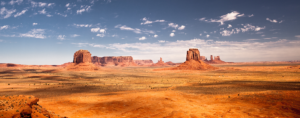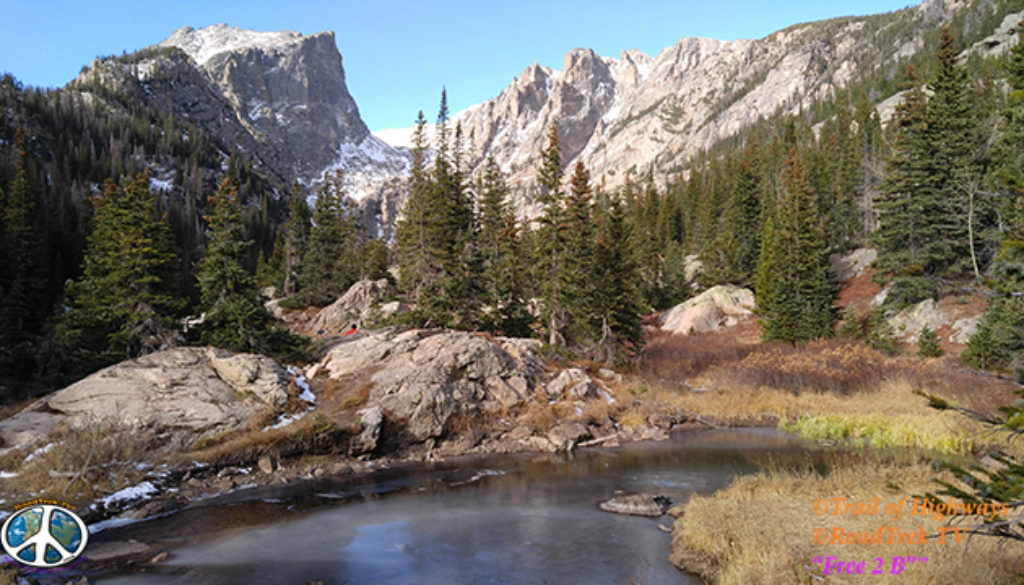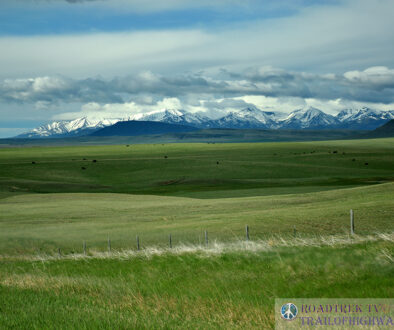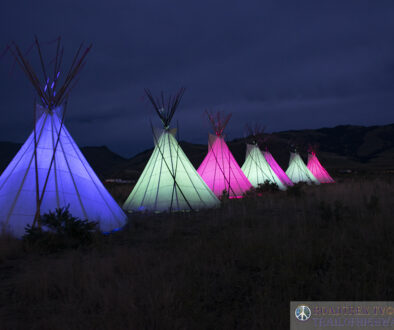Beguiling Backstory of a True Rocky Mountain Legend
True Rocky Mountain Legend Rocky Mountain National Park
It may be difficult to believe in this era, but the stunning area deemed the Rocky Mountain National Park was once a truly inhospitable land. But if time travel were actually a truth, we’d all have the ability to stand in both wonder and fear as we watched massive glaciers move in and shape the meadows, valleys, and peaks that we humans are now lucky enough to enjoy each and every day.
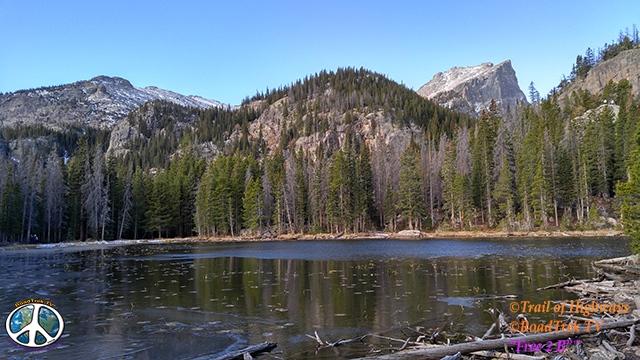
Hikers and historians alike have found artifacts—from spearheads broken against mighty mammoths to tools left beside trails walked by the original nomads—that speak to the origin of human life existing in the area. They have even proved through exploration that the civilization who spent most of their time walking the tundra was the Ute tribe, who fell in love with the valleys and crystal clear lakes up until the late 1700s.
When it comes to the glorious Rockies, it was not until 1803 – when the Louisiana Purchase took place – that the U.S. government claimed ownership of the land. From then on, explorers, writers, and those with a passion for expeditions began to swarm the area, with one of the major historical moments coming in the form of the Pike’s Peak Gold Rush of 1859, when miners and speculators descended from everywhere in order to find their treasure.
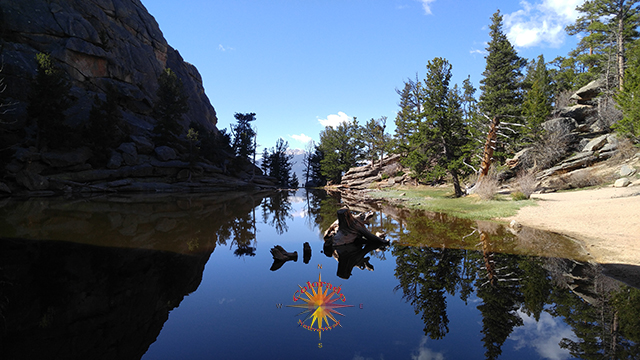
Soon, it was not just ranchers and hunters, miners and homesteaders, who “rushed” the area; tourists came as well. For those who are unaware of Enos Mills, he was the nature guide, lodge owner and naturalist who first stood up and championed the creation of America’s tenth national park. It was 1909, in fact, when Mills began this amazing work and spent years attempting to shine the light on the mighty Rockies and save the area from more environmental damage. With his strong efforts, in 1915, President Woodrow Wilson signed the Rocky Mountain National Park Act.
Era of Guest Ranches and Lodges
Lodge keepers living on private lands that dotted the Park, not only hosted guests and visitors, but also worked hard to maintain roads and build trails into the high country. Even the first Superintendent, upon his arrival, began to construct facilities for all who wished to come, stay, and enjoy the multitude of gifts the Park had to offer.
As time moved forward, even though the budget was too small to maintain the 358+ square miles, when visitor numbers rose after WWI, rangers came in to build comfort stations, museums and far better trails in order to keep the Park a busy place enjoyed by many. Even the Great Depression of the 1930s, that brought harm and poverty to millions of Americans, had a few very bright spots because of the Park. When President Franklin Roosevelt promised his New Deal, he created programs that would put Americans back to work; The Civilian Conservation Corps (CCC) was one of those famous projects. In the Park, people were put to work to continue building trails, roads and buildings, as well as planting trees and managing predators. This is also the time when the famous Trail Ridge Road was built by the National Park Service, allowing more and more to drive their automobiles inside the area – a way of life that still stands today. Unlike others, such as Yellowstone, the Rockies were never a part of the railroad system; it remains an auto Park, so building and maintaining roads was always a top priority.
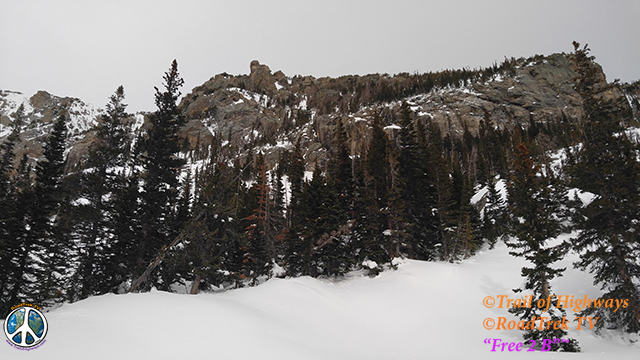
Era of Conservation
After the horrible period of WWII, with all national parks declining dramatically, the Rocky Mountain ‘heyday’ seemed to be over; the facilities were found in disrepair, to say the least. Congress enacted Mission 66, however, a program that focused on bringing it back to its glory by 1966, when the 50th Anniversary of the National Park Service would be celebrated. A goal that was, thankfully, reached.
Throughout the 1960s and early 1970s, environmental laws were passed that caused issues to crop up, such as campers driving off-road, hikers trampling wildflowers and other vegetation, un-managed wildfires, and more. It was the mid-70s when the Park’s mission to protect the area for future generations once again took the lead. Superintendents began to manage the crowds and educate visitors to the fact that, by working as a “team,” Americans could keep the area safe, clean, and one of the most amazing sights that can be found on the globe.
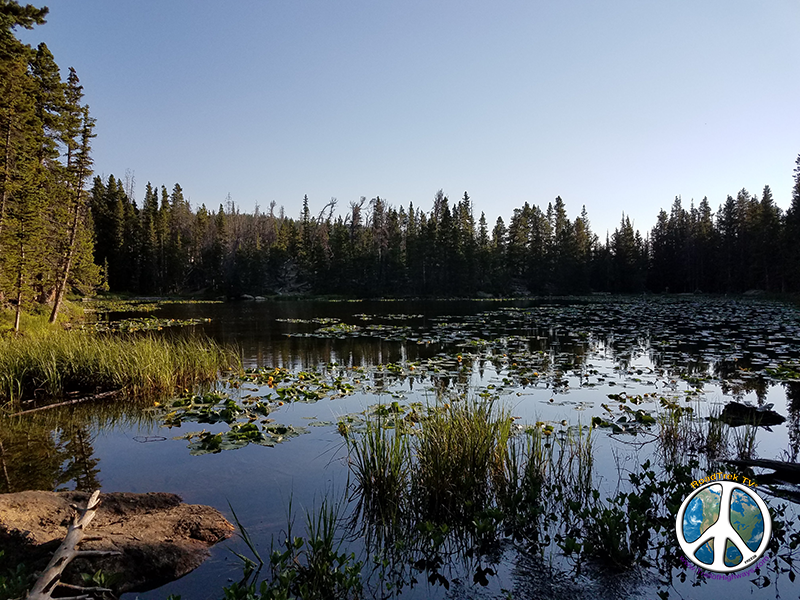
In this day and age, visiting the Park is awe-inspiring, as anyone will tell you. From the approximately 600 historic buildings to the hundreds of miles of unforgettable trails, visitor numbers continue to climb every year. As the passion for camping and hiking continues to grow in popularity and be passed down to the next generation, trips to Rocky Mountain National Park have found their place on millions of bucket-lists. The Longs Peak Trail is one top reason as to why: the trail is a legendary trek that has attracted tourists since the 1800s. It’s also the historic ‘home’ where Enos Mills honed his naturalist skills and became the biggest “voice” who called out for Rocky Mountain National Park’s inception.
From bridges to overlooks—waterfalls to astounding views—the Park offers something for everyone, and remains a “mighty” location in America’s history.
To plan visits, see the latest maps, gain more information on the area, conservation projects and more, head to the National Park Service site at https://www.nps.gov/romo/learn/index.htm. Enjoy the true legend that awaits you!
Rocky Mountain National Park Zero to an Arid Ninety Degrees
Snow can be as dry as powder or wet enough to build snowmen and women. Coldest months are November through March, with average temps thirty nine degrees. I have spent a lot of nights camping days hiking some of the many trails in Rocky Mountain National Park. Have woke mornings that were twelve degrees and ready to hit the trail to get warm. Nothing like a good climb. Dressed in the correct layers will make all the difference in your day. A great base layer as well as outer layer designed for either is a wildlife graphic hoodie Yellowstone Park series featured below.
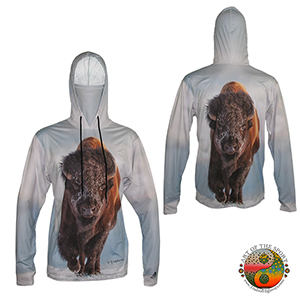
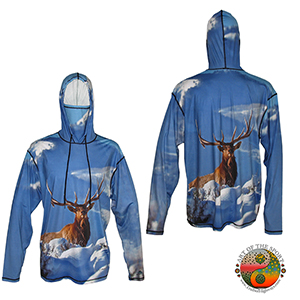
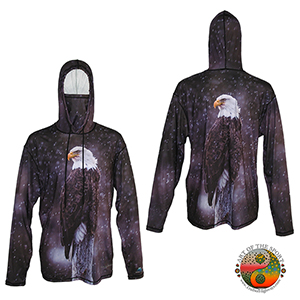
Rocky Mountain Park Trails, Waterfalls and Lakes
Gem Lake Trail, Video Trail of Trail, Episode One: Click Here
Gem Lake Trail, Video Trail of Trail, Episode Two: Click Here
Hike to Fern Lake Episode One: Click Here
Hike to Fern Lake Episode Two; Click Here
Hike to Fern Lake Episode Three: Click Here
Bridal Veil Falls, Cow Creek Trail: Click Here
Cascade Falls; Click Here
Hike to Mills Lake, Video Trail of Trail Episode Two: Click Here
Hike to Mills Lake, Video Trail of Trail Episode Three: Click Here
Bear Lake Trail to Emerald Lake, Video Trail of Trail Episode One: Click Here
Bear Lake Trail to Emerald Lake, Video Trail of Trail Episode Two: Click Here
Black Canyon Trail Photo Trail: Click Here
Bridal Veil Falls, Cow Creek Trail Sq 2: Click Here
Bridal Veil Falls, Cow Creek Trail Sq 3: Click Here
Wild Basin Trail, Ouzel Falls, Video Trail of Trail; Click Here
Fern Lake Trail Essay One: Click Here
Loop Hike Bear Lake, The Loch Photo One: Click Here
West Creek Falls Photo Essay One: Click Here
West Creek Falls Photo Essay Two: Click Here
Snowshoeing Emerald Lake Photo Essay One: Click Here
Emerald Lake Snowshoeing RMNP Photo Essay Two: Click Here
Emerald Lake Snowshoeing RMNP Photo Essay Three: Click Here
Colorado River Trail, Hike Lulu City Video Trail of Trail: Click Here
Colorado River Trail, Hike Lulu City Video Trail of Trail Episode Two: Click Here
Colorado River Trail, Hike Lulu City Video Trail of Trail Episode three: Click Here
Fifty Seven Hour Adventure: Click Here
LEARN MORE ABOUT THE HISTORY OF NATIONAL PARKS: CLICK HERE
As a company, as individuals and a group, we are strong supporters of public land and can’t stress enough how everyone needs to get involved with a local conservation in your area and do all we can to save our “Wilderness Areas, Monuments, and other Public Lands”.
Don’t Let Our Government become very reckless with Nature and Our Public Lands! Support Your Local Conservation Organizations!
